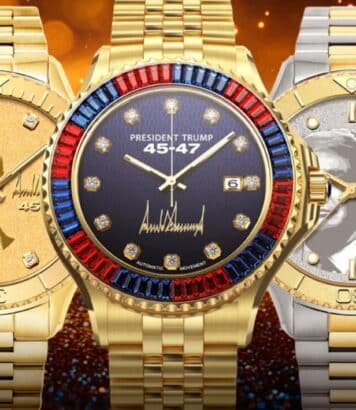H&M: one of the group’s brands makes it into the top 3 most desired labels of the moment

In a recent desirability barometer, a brand from the H&M group came out on top. podium. The signal is clear for accessible premium fashion, which is gaining ground against the historic labels. The gap between luxury and ready-to-wear is narrowing in the eyes of buyers.
A Group brand on the podium: what the rankings reveal
According to information relayed by the fashion press, the H&M group’s premium brand is among the three most sought-after labels of the moment. The barometer compiles search, sales and social engagement data, then aggregates them into a quarterly ranking. In this way, it measures the real tension between desire, availability and online conversation. It also captures the ripple effect of looks worn by celebrities.
This gain in visibility doesn’t just happen. In fact, the climb is being made on several fronts: star products, strong images, and prices that remain legible. In this way, the public has access to cutting-edge pieces without crossing the threshold of traditional luxury. As a result, the dynamic confirms the growing interest in a designer yet pragmatic offering.
Why the craze now
The brand in question is COS, a premium pillar of the H&M group, known for its refined tailoring and architectural basics. The quality-cut tandem works, because it’s aimed at everyday uses. A structured bag, a clean shirt or a straight coat become modern uniforms. What’s more, the minimalist visual identity makes these silhouettes highly sharable.
“Calm style is reassuring, especially when the price remains understandable and the allure immediate.”
The calendar also played a role. In the back-to-school season, the need for a precise wardrobe grows. Networks do the rest, as a handful of signed pieces become easy-to-spot visual landmarks. On the other hand, occasional rarity feeds desire and speeds up decisions.
What this means for your wardrobe and your budget
In concrete terms, this place in the Top 3 reorients purchasing priorities. You can focus on structured essentials, without giving in to logos. In this way, the style/price ratio offered by COS, within H&M, becomes a credible option for a rational dressing room. What’s more, the range is regularly updated with new arrivals.
- Choose clean cuts and stable materials.
- Keep an eye on restocking: key sizes go fast.
- Compare sleeve and leg lengths.
- Test crease resistance before purchase.
- Watch out for muted colors: they last longer.
Soft tailoring remains central. A straight blazer complements jeans, midi skirts or wide-leg pants. Also, a bag with measured volume creates a point of balance with pure lines. As a result, the wardrobe gains coherence without changing every month.
Pay attention to availability. Buzz pieces are restocked, but not without delay. In this way, alert lists prevent FOMO and hurried buying. In fact, the H&M Group relies on this fine-tuned inventory management to smooth demand.
Grading method: why stand back
A desirability index aggregates search, conversion and social mentions data. It tells the story of the moment, not the absolute truth. Thus, position in one quarter is no guarantee for the next. In short, the point is to spot signals rather than a verdict.
Context matters just as much. An effective campaign, a cultural event or a cutting trend can shift attention. As a result, the progress of an H&M brand is an indicator of current desires, but must be read over time. Post-purchase satisfaction remains the best long-term indicator.
The H&M group stands the test of time
The group’s multi-brand strategy brings together H&M, COS, & Other Stories, Arket, Weekday and Monki. Each label targets a specific need and a different fashion sensibility. What’s more, these offers complement each other, from everyday basics to more conceptual pieces. As a result, customers can navigate between prices and intentions without changing ecosystems.
Digital technology has reinforced this model. Virtual trials, size guides and fluid returns reduce friction. Data flows also help to anticipate restocking and limit out-of-stock situations. In this way, the H&M Group can fine-tune its offer by market.
What to look out for next? First of all, how demand holds up over several seasons. Next, the ability to maintain benchmark pieces without saturating supply. Finally, the balance between volumes, perceived quality and lead times. If these cursors remain aligned, H&M will consolidate this momentum over the coming quarters.





No comments
Post a comment
Always participate in accordance with the law and with respect for others.